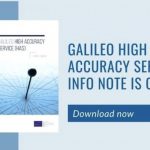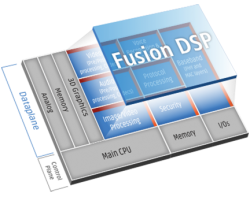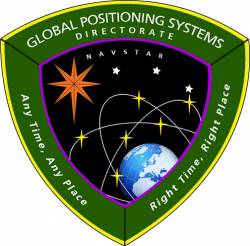The European Union Agency for the Space Programme has published a 41-page Info Note on the Galileo Open Service Navigation Message Authentication (OSNMA).
The downloadable PDF covers OSNMA service characterization, target markets, an OSNMA roadmap and relevant documentation, with an annex on OSNMA Research and Development. It provides high-level details about the encryption keys’ authentication process, the OSNMA receiver compatibility and the user interface.
Following publication of the Info Note, an OSNMA Public Observation Test Phase now gets underway. The Test Phase will allow any interested users to access the OSNMA Signal In Space (SIS) and related products for testing purposes.
Target users for OSNMA are receiver manufacturers, application developers, members of research institutions, or similar. EUSPA and the European Commission will consider users’ feedback for future OSNMA service phases.
The OSNMA service is an authentication mechanism that allows Open Service users to verify the authenticity of GNSS information, making sure that the data they receive is indeed from Galileo and has not been modified in any way. It is an open-access and free-of-charge service, based on the provision of cryptographic data by the Galileo E1 signal (E1-B, data component) from a subset of the Galileo satellites, enabling receivers to authenticate the Open Service navigation messages.
OSNMA is authenticating data for geolocation information from the Open Service through the Navigation Message (I/NAV) broadcast on the E1-B signal component. This is realised by transmitting authentication-specific data in previously reserved fields of the E1 I/NAV message. By using these previously reserved fields, OSNMA does not introduce any overlay to the system, thus the OS navigation performance remains untouched.
Authentication is set to further strengthen service robustness by increasing the capability of detecting spoofing events. However, authentication does not prevent the occurrence of such an event, and does not protect against jamming. Nonetheless, this added layer of protection proposes to be one step ahead of evolving technological trends by amplifying the service’s overall robustness and resilience.
GNSS signal falsification can have disastrous impacts on applications and market sectors that rely on precise navigation such as aviation, maritime, or drones. For instance, erroneous data of a vessel’s position, speed, and direction poses real threats to its operations but also surrounding ships, especially those carrying dangerous goods.
The OSNMA Info Note is downloadable here and through the European GNSS Service Centre. Other materials available on the Service Centre website include:
- Galileo OSNMA User Interface Control Document (ICD) for the Test Phase that specifies the interface between the Galileo Space Segment and the Galileo User Segment. It also describes how the user can retrieve the OSNMA crypto material from the GSC web portal (refer to Annex D).
- Galileo OSNMA Receiver Guidelines for the Test Phase providing instructions for the user segment implementation of the OSNMA functionality, including requirements, interfaces, and steps to be followed in order to verify the authenticity of the Galileo navigation message.
- Technical presentation containing the OSNMA Typical Performance and foreseen changes to the Galileo OSNMA User Interface Control Document for Service provision phase.
- Service Notice #9 announcing the start of the OSNMA Public Observation.
- OSNMA products: the OSNMA crypto material needed to process the OSNMA SIS and verify the authenticity of the Galileo navigation message will be accessible under the GSC products tab only upon registration.
- Public key: crypto material for the verification of the root key of the TESLA chain provided within the Digital Signature Message (DSM-KROOT).
- Merkle Tree: crypto material for the verification of Public Keys provided within the Digital Signature Message (DSM-PKR).






